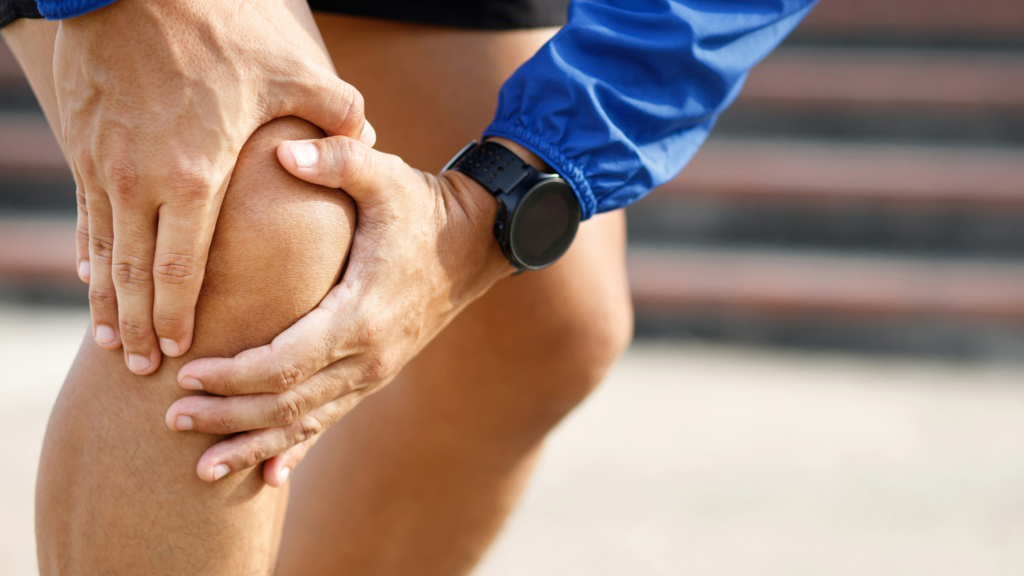As the temperatures drop and winter blankets the world in frosty landscapes, many individuals find themselves grappling with an all-too-familiar discomfort—joint pain. The sensation of joints aching more intensely during colder months is a widespread phenomenon experienced by people of various ages and backgrounds. While it might seem like an old wives’ tale, there’s scientific reasoning behind this seasonal discomfort.
Understanding why certain people react to weather changes and others do not is unclear, but there are several steps you can take to be more comfortable and reduce your risk when the weather turns cold.
Why does the cold cause pain and stiffness?
- Changes in Barometric Pressure:
One of the leading theories behind increased joint pain during winter revolves around changes in barometric pressure. Barometric pressure refers to the pressure exerted by the atmosphere and its fluctuations. During the colder months, barometric pressure tends to drop. As it does, it’s believed to cause expansion and contraction in the tendons, muscles, and tissues surrounding the joints. For individuals with sensitive joints or pre-existing conditions like arthritis, these fluctuations can exacerbate pain.
- Cold Temperatures and Joint Fluid:
The viscosity of synovial fluid, which lubricates joints and reduces friction, can be affected by colder temperatures. When it’s cold, this fluid thickens, reducing its effectiveness in cushioning the joints and making movement more uncomfortable. Consequently, individuals might experience stiffness and pain, particularly in weight-bearing joints such as knees and hips.
- Reduced Physical Activity:
During winter, people tend to be less physically active. Cold weather often discourages outdoor activities and exercises, leading to decreased joint flexibility and muscle strength. The lack of movement can contribute to stiffness and discomfort in the joints, intensifying the perception of pain.
- Behavioral Changes:
Moreover, seasonal changes might also impact people’s lifestyles and habits. Changes in diet, increased consumption of comfort foods, and altered sleep patterns during winter can affect inflammation levels in the body. Certain foods high in sugars and processed ingredients can trigger inflammatory responses, potentially aggravating joint pain.
- Psychological Impact:
Interestingly, psychological factors might also play a role. Seasonal Affective Disorder (SAD), a form of depression associated with seasonal changes, could amplify pain perception. Individuals experiencing SAD might have a lower pain threshold, making them more susceptible to perceiving joint pain during winter as more intense.
Managing Winter Joint Pain:
While the causes of increased joint pain in winter are multifaceted, there are strategies to alleviate the discomfort:
Stay Active: Engage in indoor exercises, yoga, or gentle stretching routines to keep joints mobile.
Maintain a Healthy Diet: Opt for an anti-inflammatory diet rich in fruits, vegetables, whole grains, and omega-3 fatty acids.
Stay Warm: Dress in layers and keep the body warm to minimize the impact of cold temperatures on joint stiffness.
Dry Needling: You can experience instant relief from muscle and joint pain this winter with Dry Needling.The good news is, dry needling can assist in providing immediate relief from both muscle and joint pain.
The reasons behind joints hurting more during winter are complex, involving a combination of physiological, environmental, and behavioral factors. Understanding these influences and adopting proactive measures can significantly alleviate discomfort and help individuals better manage joint pain during the colder months.
DON KELLY TREATMENT PLAN
Our patients get GREAT RESULTS!
At Don Kelly Physiotherapy and Acupuncture, we are confident that anyone who walks through our doors can be helped with our care and commitment to your recovery.


